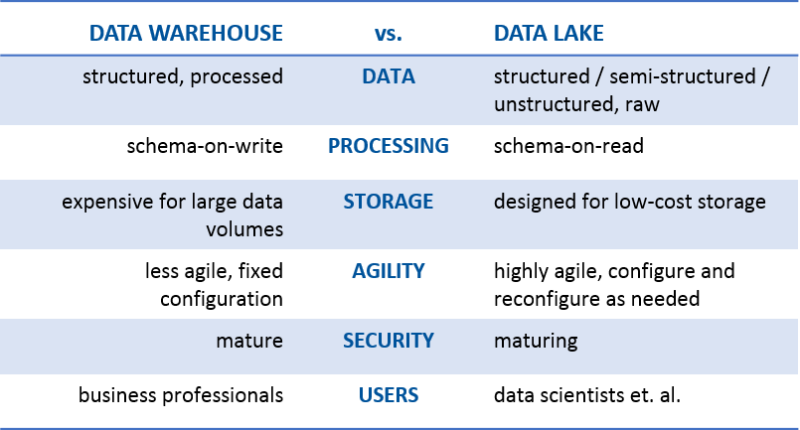0Online shopping, new digital technologies, and increasing channel fragmentation are intensifying the pressures on US consumer packaged goods (CPG) supply chains.
There are clear steps CPG companies must take in order to prepare, according to a new report authored by The Boston Consulting Group (BCG) and commissioned by the Grocery Manufacturers Association (GMA).
The report, ‘How CPG Supply Chains Are Preparing for Seismic Change’, highlights the top trends affecting CPG supply chains and the effect on CPG companies’ performance.
Among the issues addressed in the report: e-commerce sales growth, service-level performance, channel proliferation, network design, and cash management trends.
The report is based on the 2017 Supply Chain Benchmarking Study, a study of the US units of more than 30 leading CPG companies conducted jointly by BCG and GMA.
“It’s been a turbulent couple of years for the grocery industry, with major disruption and dislocation in the retail landscape,” commented Daniel Triot, senior director of the Trading Partner Alliance of GMA and the Food Marketing Institute.
“Despite the important performance gains in the supply chain in the past two years, CPG companies cannot be complacent. This report aims to provide guidance for CPG companies looking to harness new digital technologies and trends to support continued growth.”
Over the next two years, half the growth in North American grocery sales will come from e-commerce. But only 6% of CPG companies have a dedicated e-commerce supply chain team, and only 3% are able to fully track sales by channel.
Read more at CPG Supply Chains are adapting to disruption, new research finds
If you have any questions, post it at the comment box or contact us for information. Subscribe to get updates in your inbox.








































